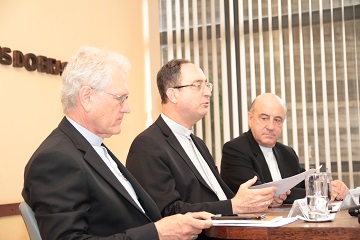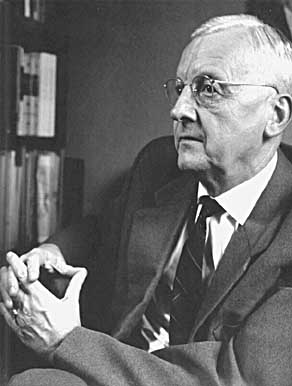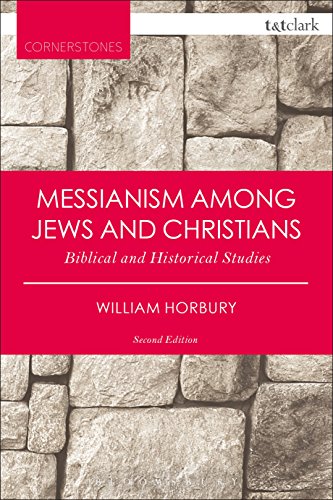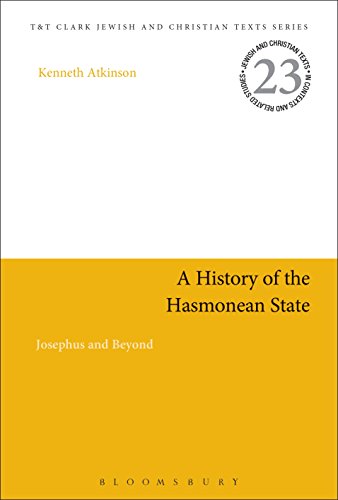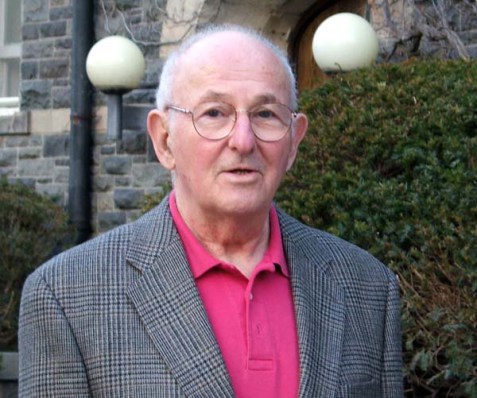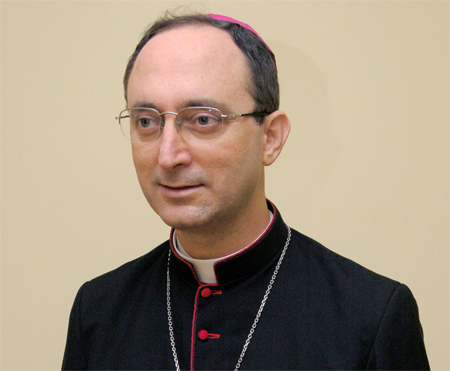Nota da CNBB sobre a PEC 241
“Não fazer os pobres participar dos próprios bens é roubá-los e tirar-lhes a vida.” (São João Crisóstomo, século IV)
O Conselho Permanente da Conferência Nacional dos Bispos do Brasil-CNBB, reunido em Brasília-DF, dos dias 25 a 27 de outubro de 2016, manifesta sua posição a respeito da Proposta de Emenda à Constituição (PEC) 241/2016, de autoria do Poder Executivo que, após ter sido aprovada na Câmara Federal, segue para tramitação no Senado Federal.
Apresentada como fórmula para alcançar o equilíbrio dos gastos públicos, a PEC 241 limita, a partir de 2017, as despesas primárias do Estado – educação, saúde, infraestrutura, segurança, funcionalismo e outros – criando um teto para essas mesmas despesas, a ser aplicado nos próximos vinte anos. Significa, na prática, que nenhum aumento real de investimento nas áreas primárias poderá ser feito durante duas décadas. No entanto, ela não menciona nenhum teto para despesas financeiras, como, por exemplo, o pagamento dos juros da dívida pública. Por que esse tratamento diferenciado?
A PEC 241 é injusta e seletiva. Ela elege, para pagar a conta do descontrole dos gastos, os trabalhadores e os pobres, ou seja, aqueles que mais precisam do Estado para que seus direitos constitucionais sejam garantidos. Além disso, beneficia os detentores do capital financeiro, quando não coloca teto para o pagamento de juros, não taxa grandes fortunas e não propõe auditar a dívida pública.
A PEC 241 supervaloriza o mercado em detrimento do Estado. “O dinheiro deve servir e não governar! ” (Evangelii Gaudium, 58). Diante do risco de uma idolatria do mercado, a Doutrina Social da Igreja ressalta o limite e a incapacidade do mesmo em satisfazer as necessidades humanas que, por sua natureza, não são e não podem ser simples mercadorias (cf. Compêndio da Doutrina Social da Igreja, 349).
A PEC 241 afronta a Constituição Cidadã de 1988. Ao tratar dos artigos 198 e 212, que garantem um limite mínimo de investimento nas áreas de saúde e educação, ela desconsidera a ordem constitucional. A partir de 2018, o montante assegurado para estas áreas terá um novo critério de correção que será a inflação e não mais a receita corrente líquida, como prescreve a Constituição Federal.
É possível reverter o caminho de aprovação dessa PEC, que precisa ser debatida de forma ampla e democrática. A mobilização popular e a sociedade civil organizada são fundamentais para superação da crise econômica e política. Pesa, neste momento, sobre o Senado Federal, a responsabilidade de dialogar amplamente com a sociedade a respeito das consequências da PEC 241.
A CNBB continuará acompanhando esse processo, colocando-se à disposição para a busca de uma solução que garanta o direito de todos e não onere os mais pobres.
Nossa Senhora Aparecida, Padroeira do Brasil, continue intercedendo pelo povo brasileiro. Deus nos abençoe!
Dom Sergio da Rocha
Arcebispo de Brasília
Presidente da CNBB
Dom Murilo S. R. Krieger, SCJ
Arcebispo de São Salvador da Bahia
Vice-Presidente da CNBB
Dom Leonardo Ulrich Steiner, OFM
Bispo Auxiliar de Brasília
Secretário-Geral da CNBB
Fonte: CNBB – 27 de outubro de 2016
